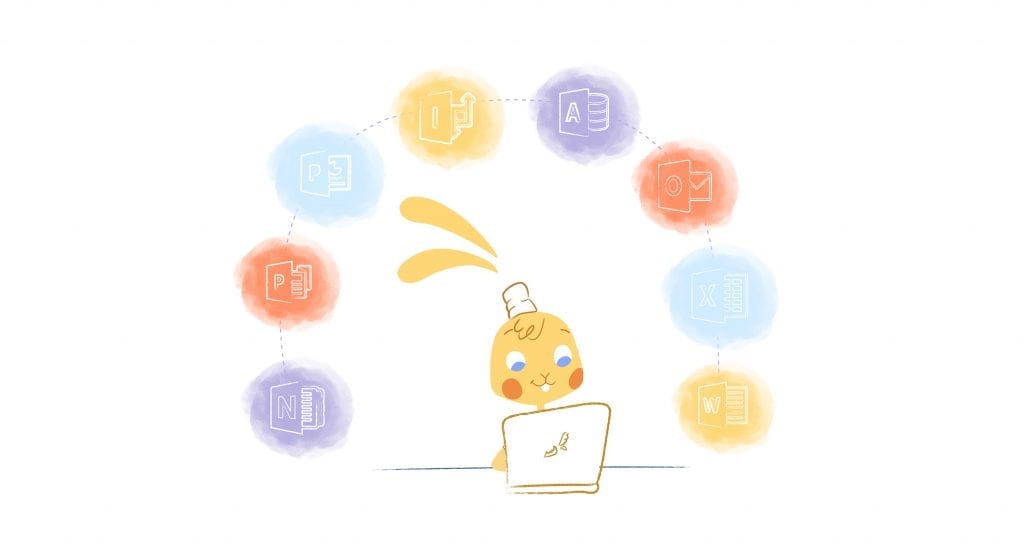

Online businesses and teams of remote workers are continuing to define the way business is best conducted in today’s society. The virtual workplace has become more and more common leading business owners to determine how they will best manage their remote team members.
Developing a solid work culture with your virtual team can be tricky. Remote workers are often spread out all over the world. It’s safe to say there’s no water cooler to meet up at for brief chats and there’s no opportunity to plan a work lunch or team-building outings for the group.
Yet, you still need to get creative and be inclusive when it comes to developing a strong work culture with your virtual team. Here are some strategies you can start implementing.
Nurture and Build Relationships
It’s important for everyone on the team to get to know each other and start to build a relationship. It may not seem like such an important task when all your team members work virtually, but effective workplace communication is key to a successful organization.
Focus on creating opportunities for your virtual employees to interact with each other especially when new team members are onboarded. If you can’t bring them together in person, use video conferencing to bridge the distance between them.
You can schedule monthly team meetings and even use chat programs like Group Me and Slack to communicate often and more casually. For holidays like Christmas, consider hosting a virtual Secret Santa gift exchange where you can mail each other gifts.
Hosting a regular company retreat is also a good idea and a great way to get everyone to meet up in person even if it’s just once a year. You don’t have to spend a fortune on team retreats either. You can host one in your hometown for just a weekend, or offer it as a bonus if your team helps the business reach a specific revenue goal and allow them to bring a few family members on the trip as well.
Make the Project Management System Your Home Base
If you have a remote team, you should definitely be using a project management system to help you manage and distribute tasks. Communicate clearly and effectively to involve everyone in daily or weekly updates.
You may even want to ask team members to check virtual communications and the project management system at specific times and days so everyone can connect and streamline the work day.
Some companies even take it a step further and allow everyone to hop on a quick video chat in the morning to catch up with the rest of their team and share their goals for the day. This can be a good idea if you’re working with full timers but if you’re hiring freelancers or contractors to work on part-time gigs, they may not have time to touch base so often or may find it counterproductive.
Since you rarely get the opportunity for your virtual team members to meet in person, try to over-communicate. You need to bring everyone on board when it comes to project goals and the general company trajectory.
Allow One-On-One Interactions
It is important that you strive to create one-on-one connections with your virtual workers. Use video calls as well as in-person events on a regular basis to establish a personal relationship between you and your employees.
Be Thoughtful
You have workers in different time zones across the world. Plan team meetings in a manner that looks fair to all the individuals involved. Distribute the meeting times fairly while considering the locations in which the employees are.
If employees need to email back and forth or hop on a call to discuss something, it’s important that they know the other person’s time zone and situation. This is why creating an environment that allows your team to nurture and create relationships with each other is so important.
Appreciate Well-Performing Employees
Virtual workers are also interested in receiving positive feedback for a job well-done. Create systems that will enable you to appreciate members of your virtual team for an exceptional job. You can provide recognition via meetings or email and choose an employee of the month.
You can also offer prizes like gift cards to team members who perform well to show your appreciation for all their hard work. Who knows? You might just be able to encourage them to perform even better.
Be Reachable
Make sure team members can contact you even as they wait for the regular team meetings. Be easily accessible to answer questions and provide guidance.
Again, using a digital chat room site like Slack will be great for this. Another thing one of my clients does is books brief 10-minute one-on-one meetings with each team member.
If you only have a few people working with you this is totally doable and worth the effort. You can better connect with each person, answer questions, and take suggestions for improving your systems.
When you are reachable, you will be able to give the employees all the support they need.
Enable Work-Life Integration
Make sure your team understands the importance of work-life integration. It’s one of the best things you can do to create a strong work culture with your virtual team.
Allow them the freedom to come up with personalized work schedules. Also, honor time off and set standards and expectations so there is no confusion.
If you don’t provide a set work schedule, you’ll need to let people know how they should communicate with the rest of the team to let them know when they’ll be unavailable or taking time off. Never assume anything.
I really don’t like when clients assume I work on weekends. I don’t even like to get emails on weekends because sometimes I’ll see them when I’m trying to relax and spend time with family and it will stress me out.
Just because you’re working at 2 am on a Saturday doesn’t mean your team is as well. Build your systems around a flexible schedule where your team can choose their hours or will have plenty of time off after working productively.
It is easy for a virtual team to feel alienated. That is why you must ensure they are adequately supported. You are the manager or business owner. Why don’t you create systems that enable personalized attention, clarity of purpose, and cohesion?











Choncé Maddox
Choncé Maddox is a professional writer who recently left her job in the web design industry to produce killer content and manage her own writing business full time. She is passionate about helping entrepreneurs be more productive and create a life they love by doing fulfilling work. On the side, she runs a podcast and blogs about getting out of debt at MyDebtEpiphany.com.